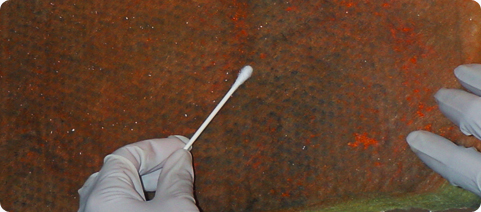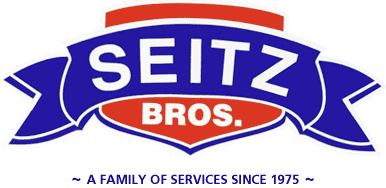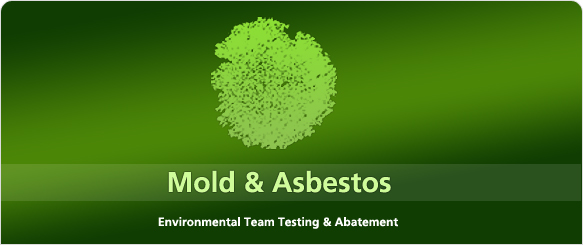Mold Testing

Introduction
Molds are a natural and important part of our environment. They are ubiquitous and are found virtually everywhere. Molds produce tiny spores to reproduce. These spores can be found in both indoor and outdoor air and on indoor and outdoor surfaces. When mold spores land on a damp spot, they may begin growing and digesting whatever they are growing on in order to survive, leading to adverse conditions. In response to increasing public concern, a number of government authorities, including the United States EPA, California Department of Health Services and New York City Department of Health, have developed recommendations and guidelines for assessment and remediation of mold.
While it is generally accepted that molds can be allergenic and can lead to adverse health conditions in susceptible people, unfortunately there are no widely accepted or regulated interpretive standards or numerical guidelines for the interpretation of microbial data. The absence of standards often makes interpretation of microbial data difficult and controversial.
The reports generated by the lab we use have been designed to provide some basic interpretive information using certain assumptions and facts that have been extracted from a number of peer reviewed texts, such as the American Conference of Governmental Industrial Hygienists (ACGIH). In the absence of standards, the user must determine the appropriateness and applicability of this report to any given situation. Identification of the presence of a particular fungus in an indoor environment does not necessarily mean that the building occupants are or are not being exposed to antigenic or toxic agents. None of the information contained in reports provided should be construed as medical advice or a call to action for evacuation or remediation unless deemed so by an authorative party in that particular field having the credentials and experience needed to make such recommendations. Only a qualified physician should make any decision relative to medical significance.
Methods
- Surface Samples - Swab, Dust, Tape and Bulk Samples: Swab, Dust and Tape samples are mounted on a glass slide and observed under a bright field microscope for either Qualitative or Quantitative Examination. A bulk sample is also simultaneously observed under a stereomicroscope to look for signs of any visible discoloration or fungal growth, which is then mounted and observed under a bright field microscope for either Qualitative or Quantitative Examination. The samples are analyzed at a minimum of 200X magnification and up to a 1000X magnification. In the qualitative examination, the prepared samples are observed for the presence of any structures or skewing of spore distribution that may indicate growth in the sample being analyzed. In the quantitative examination, the mold spores detected in the sample are counted and reported as spores per cm2, spores per gram (or 1000mg), or spores per swab/wipe, etc depending on the sample type. These methodologies do not differentiate between viable and non-viable fungal spores.
- Air Samples- Spore Trap Device: Spore traps are a unique sampling device designed for the rapid collection and analysis of a wide range of airborne particulates, including fungal spores. While analyzing the sample, the analyst takes a number of variables into account to select the proper analytical method to accurately determine the densities of the various spores on the trace. The densities of the debris and the spores on the trace will determine the approach to analyzing the sample. In general, the sample is directly mounted under the microscope and the various airborne particles detected are counted at a minimum of 200X magnification and up to 1000X magnification, with the entire trace (100% of the sample) being analyzed at 200X or 600X. This method does not differentiate between viable and non-viable fungal spores. This technique does not allow for the differentiation between Aspergillus and Penicillium spores. Additionally, depending on morphology, other non-distinctive spores are reported in categories such as ascospores or basidiospores. All slides are graded with the following debris scale for data qualification.
As part of our mold removal service, we provide 3 convenient locations covering places like Allentown, Bethlehem and Easton at our Trexlertown location in the Lehigh Valley; or Scranton, Wilkes-Barre and Stroudsburg at our Tannersville office in the Poconos; and Hazleton, Reading, and Lancaster at our Tamaqua Headquarters in Eastern and Central Pa. We also service parts of New Jersey and New York. Call today to schedule an appointment and see why you are calling the best mold removal service in the region.





